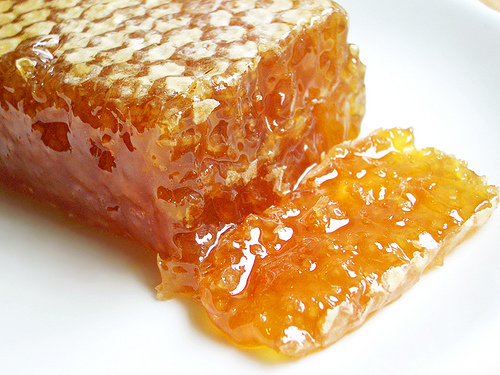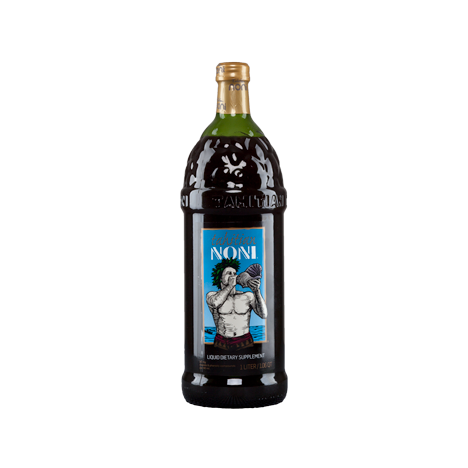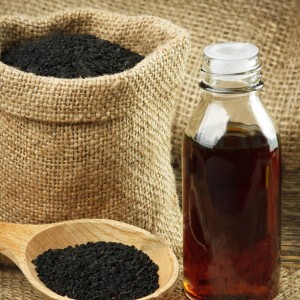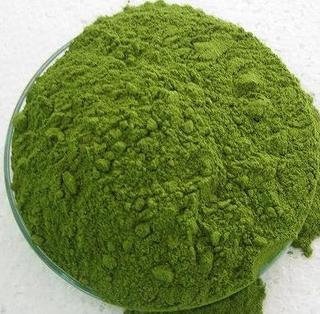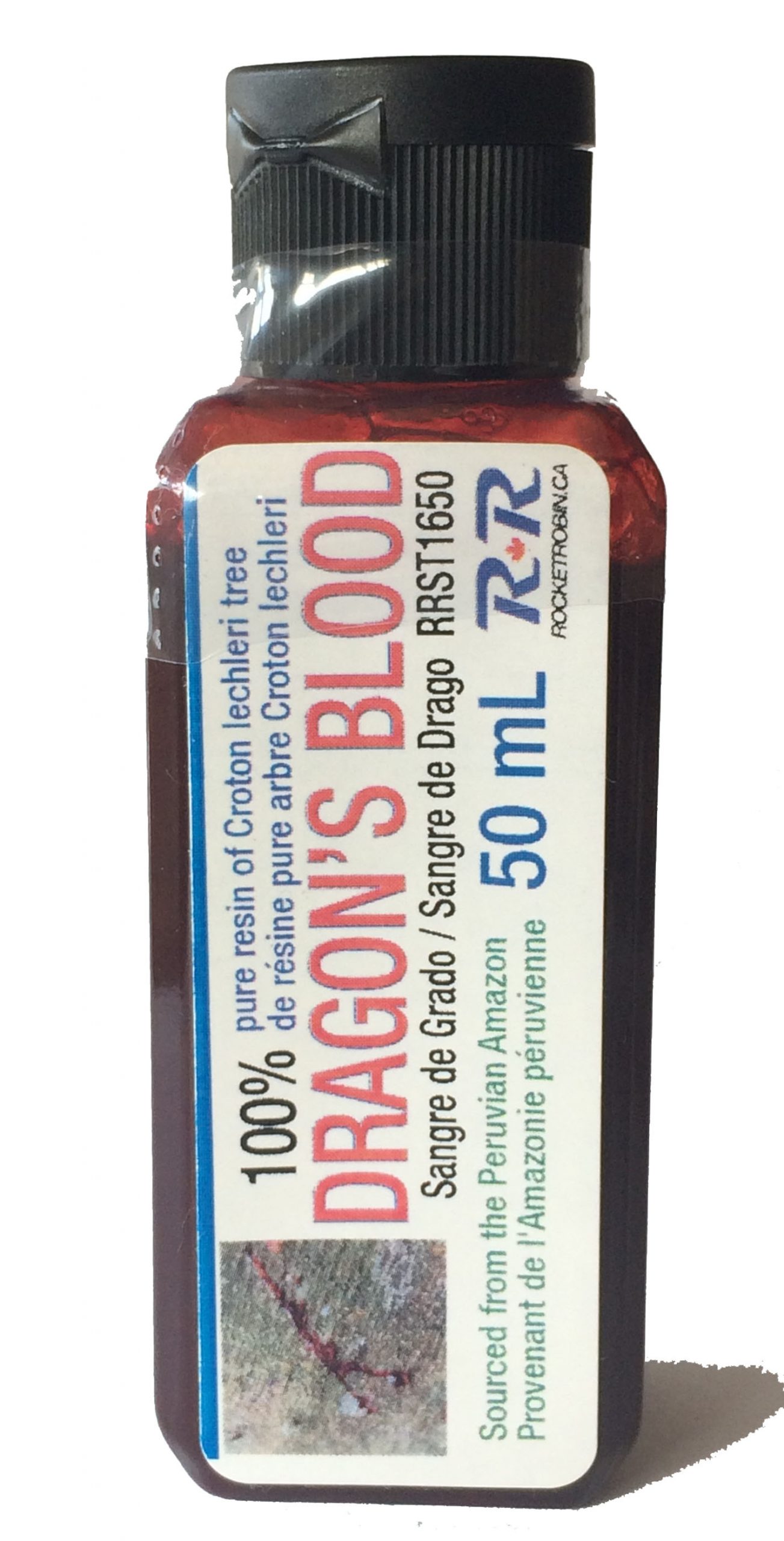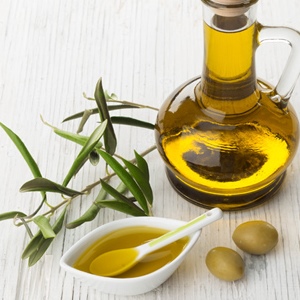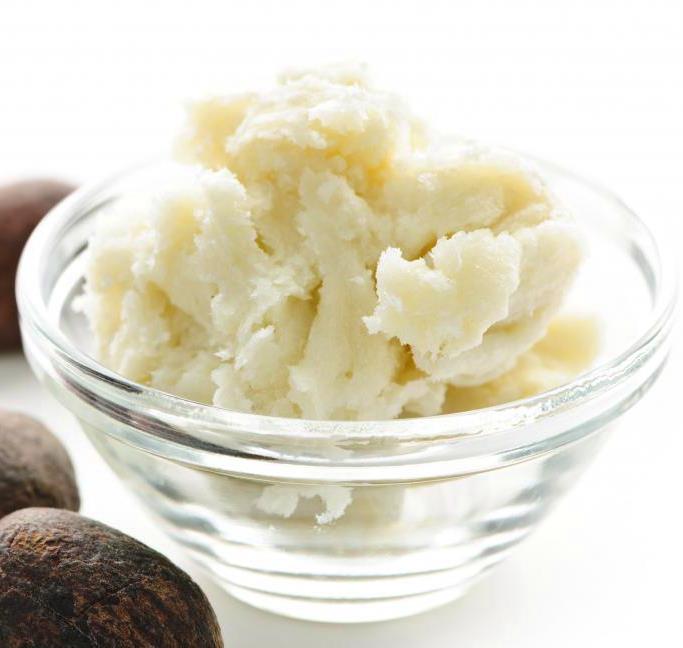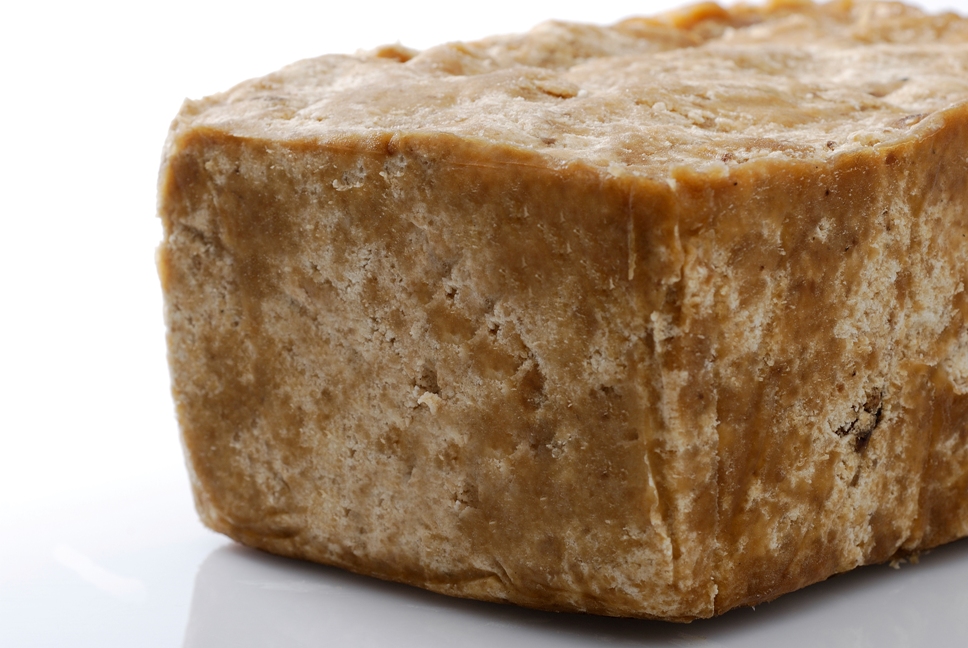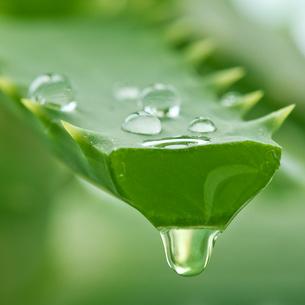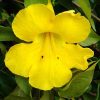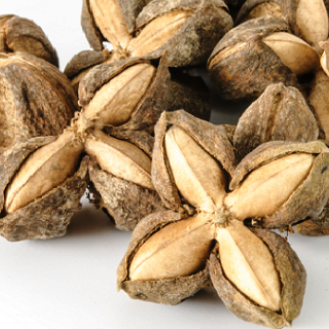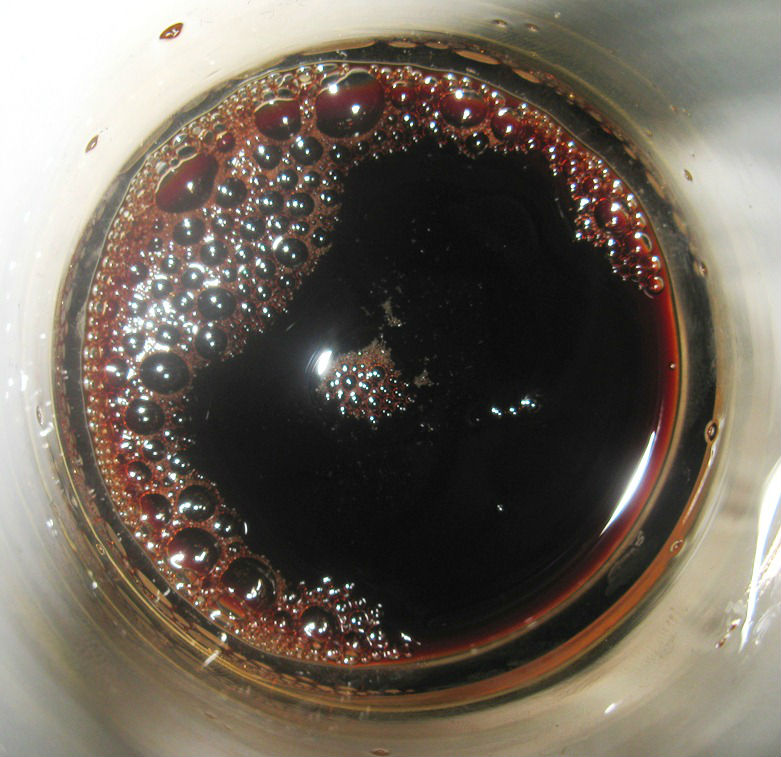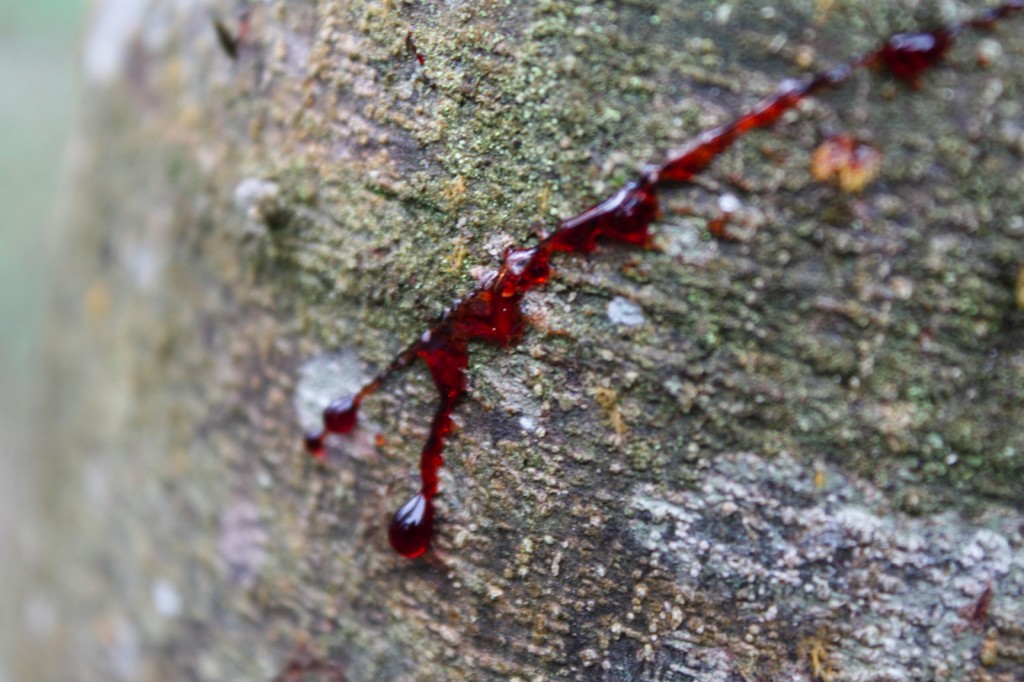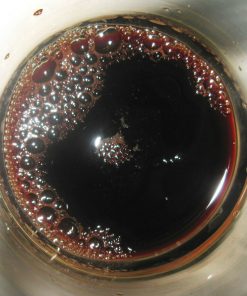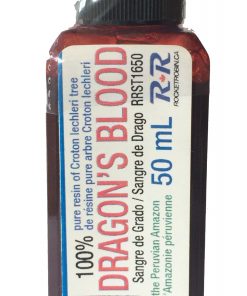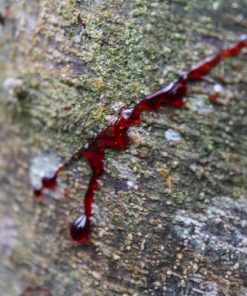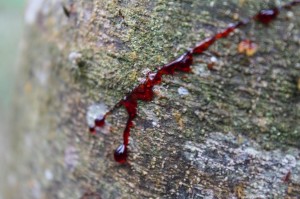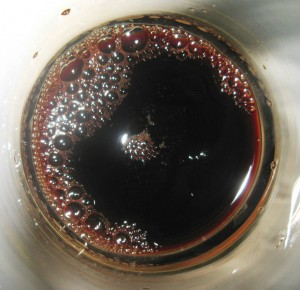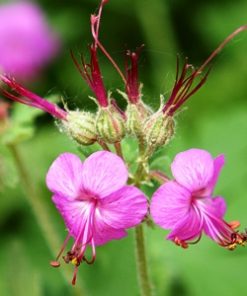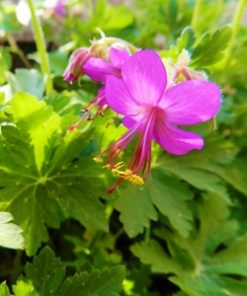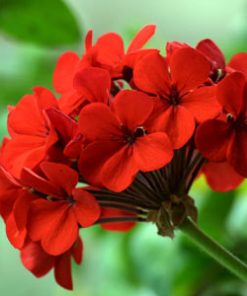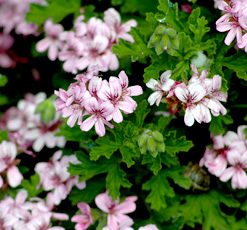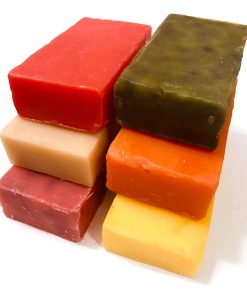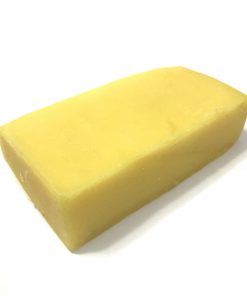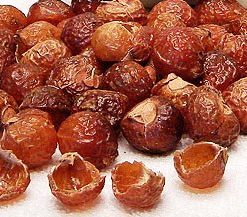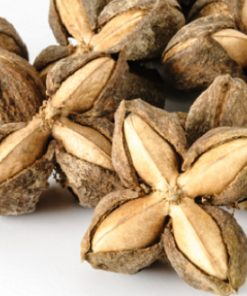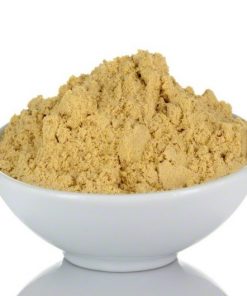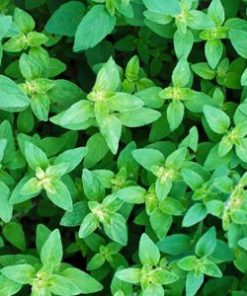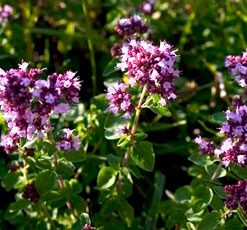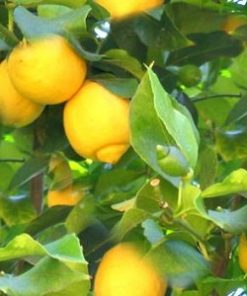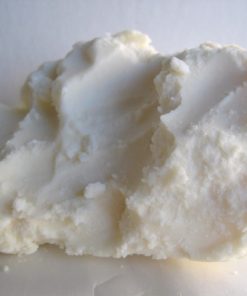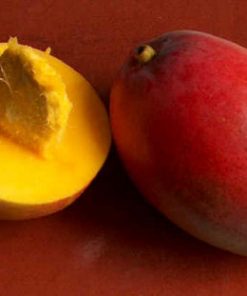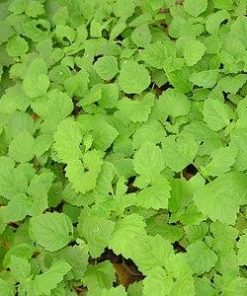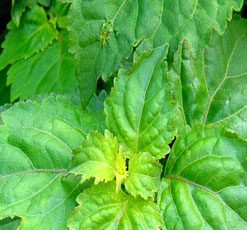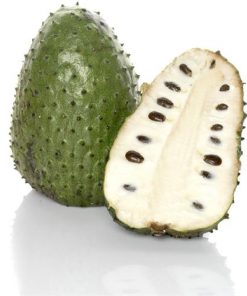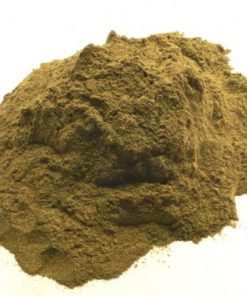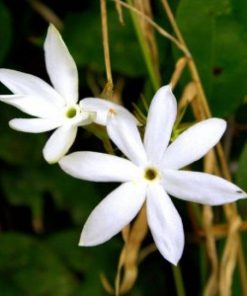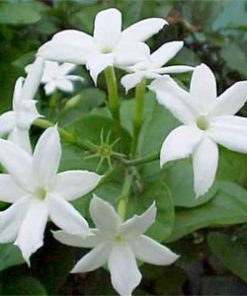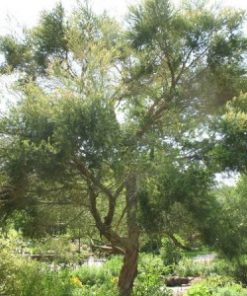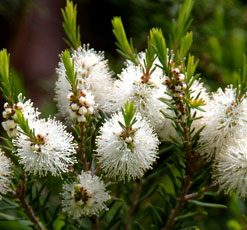$19.99
50 mL bottle with dropper cap. This is an AMAZING product! Don’t miss your opportunity to potentially alleviate your Topical Skin problems and Gastro-intestinal issues.
In stock
Description
- DRAGON’S BLOOD – SANGRE DE DRAGO – FROM THE PERUVIAN AMAZON.
Dragon’s Blood is an important ethno-botanical medicine that is common in South America and Latin America. The name of this popular remedy is, of course, somewhat of a misnomer. While Dragon’s Blood is indeed viscous and blood-red, it is the pure exuded sap of a tropical tree.
Known in Spanish as “Sangre de Drago,” the name may be literally translated as “blood of the dragon tree” as well as the more familiar “dragon’s blood.” Medicinal red latex is derived from a number of new world trees in the genus Croton, widely distributed in South America and reported as far north as Mexico. The most well known source of Dragon’s Blood is Croton lechleri, ranging primarily from the rain forests and low mountains of Columbia and Ecuador to Bolivia.
C. lechleri resin and bark are used in traditional medicine in South America. Externally, it is employed as an antiseptic, as a wound-healing agent, and for skin disorders. Internally, it is used for hemorrhaging, mouth and throat ulcers/infections, and intestinal disorders. This important “rain-forest resource” has several uses that have been validated by several studies.
BROAD RANGE OF USES
Dragon’s blood contains a broad range of naturally-occurring compounds, many of which have been well studied. The sap is rich in protective antioxidant phenols, and anti-inflammatory compounds of various kinds. Due to these compounds, Dragon’s blood sap helps to protect the cells of the skin, and reduces redness and swelling. It also contains a group of compounds called proanthocyanidins, which actually repair collagen, the lattice-like main protein that makes up much of our tissues. Additionally, Dragon’s blood contains taspine, a known tissue-healing agent. The sap also demonstrates antibacterial, antiviral and antifungal activity. This is why Dragon’s blood is so widely used on infectious skin conditions of all kinds with great success.
To obtain Dragon’s blood, it is necessary to cut into the bark of the tree at a diagonal, deeply enough that the blood-like sap will flow. A cup is affixed to the tree at the bottom end of the slash, and the sap collects in the cup. In the markets of the Amazon, you will find bottles of Dragon’s blood selling at various medicinal stands, and at many other types of shops. As indispensable to a home first aid agent as bandages, Dragon’s blood is liberally applied to the skin in case of a problem. When the red sap is rubbed onto skin, it forms a thin cream-colored layer, like a very fine additional skin membrane. In almost all cases, Dragon’s blood is collected in small quantities, one or two liters at a time.
DRAGON’S BLOOD USED EXTERNALLY OR INTERNALLY !!
Scientists have since found that as a little as a single drop of Sangre de Drago can diminish pain resulting from insect bites and stings, lacerations, burns, and plant reactions for up to six hours. The investigators noted that the sap acts as an analgesic agent by stopping the activation and stimulation of sensory nerve fibers that send pain signals to the brain. These scientist pointed out that it also inhibits the inflammatory response of tissue to chemicals released by these same nerves, and that it does so when applied either externally on the skin or when mixed with water and swallowed to treat gastrointestinal problems.
Traditional Preparation: For external use, the resin/sap is rubbed directly on the affected area several times daily and allowed to dry. Please note: the resin is red! It will temporarily stain the skin a reddish-brown (which will wash off), but it will permanently stain clothing. Rubbing the resin in the palm of the hand first or directly where applied will thicken the resin into a thin, lighter colored paste, which helps form a second skin on top of a wound or rash and reduces staining. For internal use, the traditional remedy is 10-15 drops in a small amount of liquid, taken 1-3 times daily (be prepared, however; it tastes quite dreadful).
Main Preparation Method: undiluted resin is taken internally (in small amount of juice/water) or applied topically
Main Actions (in order):
- wound healer, antifungal, antiseptic, antiviral, antihemorrhagic (reduces bleeding)
Main Uses:
- to stop bleeding and to seal, and heal wounds, burns, cuts, tooth extractions
- for herpes virus ulcers (taken internally and applied topically)
- for skin fungi, rashes, and dermatitis
- for insect bites, poison ivy and other itchy or allergic skin reactions
- for stomach ulcers, ulcerative colitis, dysentery and diarrhea
Properties/Actions Documented by Research:
- anesthetic, anti-allergic, anti-inflammatory, antibacterial, antidysenteric, antifungal, antihemorrhagic (reduces bleeding), antileukemic, antioxidant, antiseptic, antitumorous, antiviral, neurasthenic (reduces nerve pain), wound healer
Other Properties/Actions Documented by Traditional Use:
- analgesic (pain-reliever), anticancerous, anti-itch, antiulcerous, astringent, blood cleanser
Cautions: The red resin stains clothes/fabric permanently.
MEDICINAL PROPERTIES
SANGRE DE GRADO – Dragon’s Blood (Croton lechleri)SANGRE DE GRADO – Dragon’s Blood (Croton lechleri)
SANGRE DE GRADO (Croton lechleri)
“Sangre de Grado” is the popular name given to the latex exudated tearing the bark of some tropical species of plants. It is a viscous liquid with a blood red colour and astringent taste.
The most representative genus of species of Sangre de Grado is Croton (Euphorbiaceae), and the specie most used and studied is C. lechleri.
The species of plants known as Sangre de Grado are distributed in tropical and subtropical America from southern Mexico and Central America to tropical and subtropical South America countries. Lechleri Croton is native of Bolivia, Colombia, Ecuador, Peru and Brazil, and in some countries is cultivated for the production of latex
The components mainly isolated from Sangre de Grado of Croton lechleri are: catechin, epicatechin, gallocatechin, epigallocatechin. Among the minor compounds, are the alkaloid taspine, a lignan known as dimethylcedrusine and diterpenes like acid hardnickic, bicantriol, crolequinol, crolequinic acid, korberine A and korberine B.
Sangre de grado is one of the most widely popular products used in the humid tropics areas of Central and South America. It is mainly used as a cicatrizant substance. Also ascribed as anti-inflammatory, antiseptic and haemostatic as well as beneficial effects in treating diarrhea. It is used in the treatment of digestive ulcers, uterine cramps and in cases of urinary retention, when taken in small doses. In addition, anticancer action is attributed. Other uses include the treatment of fevers of digestive causes and pyorrhea, for bleeding after childbirth. In all these indications in traditional medicine, it is used about 8 drops (although a dose can reach 20 to 30 drops), which are usually added to an infusion of any aromatic plant. It is common to find this latex incorporated into various preparations.
One of the most known and first studied properties of Sangre de Grado is as a cicatrizant substance, and on this is involved more than one active ingredient. Sangre de Grado stimulates contraction of the wound, it helps in the formation of the crust and it regenerates the skin quickly by helping to form collagen. To this action contributes the taspine, the 3′-4-O-dimethylcedrusine and polyphenols (Catechins and proanthocyanidins), and it has been demonstrated that the total latex is more active than isolated components. The Sangre de Grado mixed with zinc oxide can be used in the treatment of painful dried alveolitis, as it induces the formation of granulation tissue of the dry alveoli, it removes pain and odor present in this disease over periods ranging between 24 hours and 4 days after treatment.
The Sangre de Grado facilitates healing of gastric ulcers by reducing myeloperoxidase activity, ulcer size and sepsis. Polyphenols play an important role in the cicatrizant action of the latex, probably due to the scavenging action of free radicals. Proanthocyanidins stimulate wound contraction and formation of a dark crust covering the wound.
Many researches support the antimicrobial and antiviral activity of Sangre de Grado, and mainly from the SP-303. This proanthocyanidin inhibits various DNA and RNA viruses, including herpes virus (HSV types 1 and 2), hepatitis (A and B), influenza virus A (FLU-A) and parainfluenza virus. Viral activity against the two types of herpes simplex virus, includes type I deficient timidinaquinase.
The Sangre de Grado has shown immunomodulatory activity in vitro. Clinical observations of a group of doctors from CEIA (Reymond, 1999) have suggested the possible interest of the Sangre de Grado of C. lechleri as an adjuvant in the treatment of a number of diseases, which share an important immunological component (autoimmune, cancerous, neurological and viral).
The phagocytic activity is the main mechanism by which the immune system eliminates most pathogens. The Sangre de Grado stimulates or inhibits phagocytosis in human neutrophils and monocytes depending on the concentration
The antiinflammatory effect of Sangre de Grado at 5 mg / kg is comparable at 20 mg / kg of naproxen during the first 4 hours.
SANGRE DE GRADO HERBAL PROPERTIES AND ACTIONS
- heals wounds
- kills cancer cells
- stops bleeding
- prevents tumor growth
- kills bacteria
- stops mutations
- kills germs
- External: Apply to affected
- kills fungi
- kills viruses
- relieves diarrhea
- reduces inflammation
- relieves itching
Dragon’s Blood is sustainably harvested in the Iquitos region of Amazonian Peru.
When the trunk of the Dragon’s Blood tree is cut or injured, a thick, blood-red latex oozes from the wound. This pure sap, without any alcohol, additives or processing, constitutes the medicine known as Dragon’s Blood. The cells that produce the latex are not regenerating, so Dragon’s Blood trees cannot be tapped in the manner of rubber harvest. For continued harvest, the trees would instead require repeated cutting. The multiple cut method not only gives relatively low yields, but also can leave the trees susceptible to fungal diseases. This has led to the practice of harvesting the entire tree, which yields much higher levels of latex while impacting the least number of trees.
Significant efforts have been undertaken to promote Dragon’s Blood conservation. To ensure the continued harvest of latex, local people engage in the wild planting of Dragon’s Blood saplings.
Fortunately, the tree is also extremely fast growing. They can achieve phenomenal growth rates of up to 12 feet per year (yes, one foot per month!) during their first three years, when they reach their adult height. This is about the same time period that many temperate perennial herbs are grown before harvesting. The trees are allowed to grow for at least two and up to as many as seven years when they are harvested. Sustainable collection of Dragon’s Blood sap, supported by extensive wild planting efforts, has provided indigenous communities with much needed income while supporting conservation.
Dragon’s Blood latex is a rich, complex source of phyto-chemicals including alkaloids and procyanidins (condensed tannins). Internally, it is an important remedy for gastro-intestinal disorders, particularly ulcers and diarrhea, including traveler’s diarrhea. Unlike some diarrhea treatments, Dragon’s Blood does not reverse the condition to the point of constipation. It is also used traditionally to treat more severe gastrointestinal diseases such as dysentery and cholera. Traditional use for diarrhea and dysentery has led to the in-process development of an anti-secretory, anti- diarrheal drug based on an isolate from Dragon’s Blood sap.
Externally, Dragon’s Blood is renowned for its wound healing capability and is commonly applied as a liquid bandage. Drops are applied as needed to cover the affected area and allowed to dry with our without a bandage. Dragon’s Blood accelerates the healing of open sores and wounds while helping to protect damaged skin from microbial infection. Its anti-inflammatory and antiviral activity make it an effective medicament for herpes blisters and sores in the mouth. A popular treatment for insect bites and stings, Dragon’s Blood can relieve associated itching and irritation and can even alleviate the agonizing pain, itching and swelling resulting from fire ant attacks.
Today, modern scientific testing is confirming many of the ethnobotanical uses of Dragon’s Blood, especially in treating various types of diarrhea and wound healing. It is important to emphasize, however, that this testing is only a confirmation of accumulated traditional knowledge. The true development of Dragon’s Blood is credited to the indigenous healers of Amazonia who have generously shared their knowledge with the rest of the world.
SOLD IN Sealed Dropper Bottles
Keep in a cool, dry place. I can accommodate custom orders or arrange wholesale pricing.
TRUST ROCKET ROBIN
Rocket Robin is proud to be your supplier of truly natural products with simple ingredients in support of your family’s health and well-being.
Additional information
| Weight | 0.15 kg |
|---|---|
| Dimensions | 10 × 10 × 2.5 cm |

